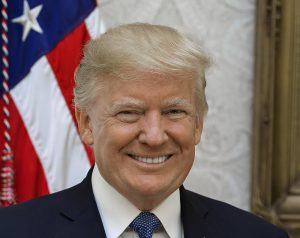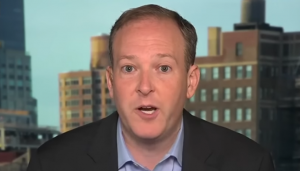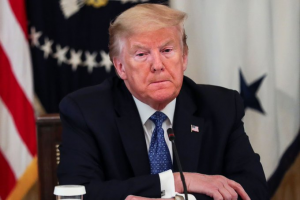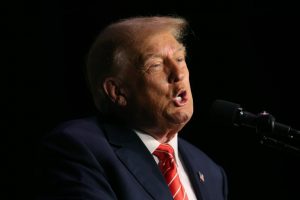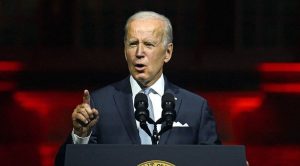Embattled Chinese tech giant Huawei will launch a homegrown new mobile operating system on Wednesday as it fights for survival in the smartphone arena after the United States blocked it from using Android.
Huawei will unveil its first mobile devices loaded with the new HarmonyOS in an online event broadcast from its headquarters in the southern city of Shenzhen beginning at 8 pm (1200 GMT).
The development of HarmonyOS has been closely watched by the tech world since Donald Trump’s White House in 2018 began an aggressive campaign to short-circuit the global ambitions of Huawei, which Washington considers a potential Chinese espionage and cybersecurity threat.
Aside from the geopolitics, no company has successfully taken on the mobile OS duopoly now dominated by Google’s Android and Apple’s iOS systems, a battleground littered with the likes of flame-outs including Blackberry, Microsoft’s Windows Phone and the Amazon Fire device.
Analysts say Huawei likewise faces a tough battle to carve out a sizeable share of the OS pie.
The world’s largest supplier of telecom base station equipment and other networking gear, Huawei entered the handset business in 2003, using Android.
It became one of the world’s three leading mobile phone manufacturers along with Samsung and Apple – briefly occupying the number one spot last year – driven by Chinese demand and sales in emerging markets.
But the US sanctions, which include cutting the firm off from global component supply chains, have thrown its mobile phone segment into uncertainty.
Analysts say Huawei’s most immediate challenge is in apps — convincing enough developers to reprogramme their applications and other content to work with HarmonyOS so that consumers will continue to buy Huawei phones.
Being cut off from Android effectively prevents Huawei offering phone users popular features such as Google’s browser, its maps function and a range of other top apps available through the system.
Huawei’s access to the chips required to make a smartphone has also been curtailed, and its shipments have fallen dramatically in recent quarters.
Analysts say the apps conundrum should not be a problem in China.
Also Read: Certify that it’s safe, actor Juhi Chawla opposes implementation of 5G in India
Huawei has a huge slice of the domestic market and its own menu of apps that are largely designed for Chinese users.
But its global prospects may dim.
“On content, when you’re talking about the international market, you can’t live without Google, you can’t live without Amazon or YouTube. That will be challenging,” said Elinor Leung, head of Asia internet and telecom research at CLSA.
Huawei’s troubles have prompted a major business shake-up at the company, which was founded in 1987 by Ren Zhengfei, the former People’s Liberation Army engineer who still acts as CEO.
Since the US pressure ramped up, Huawei has moved quickly into new product lines seen as less vulnerable to US pressure and a re-focus on its core domestic market.
In an internal memo that surfaced last week, Ren outlined plans for an all-out push into computer software, saying “the US will have very little control over” Huawei in that sector.
Huawei had previously announced joining with Chinese automakers to develop intelligent vehicles and plans to move into enterprise and cloud computing.

